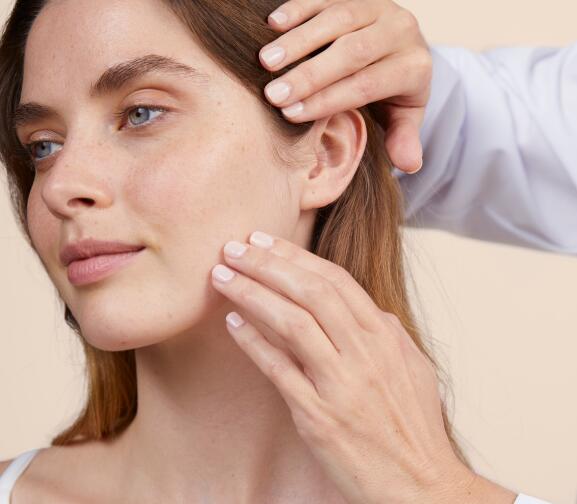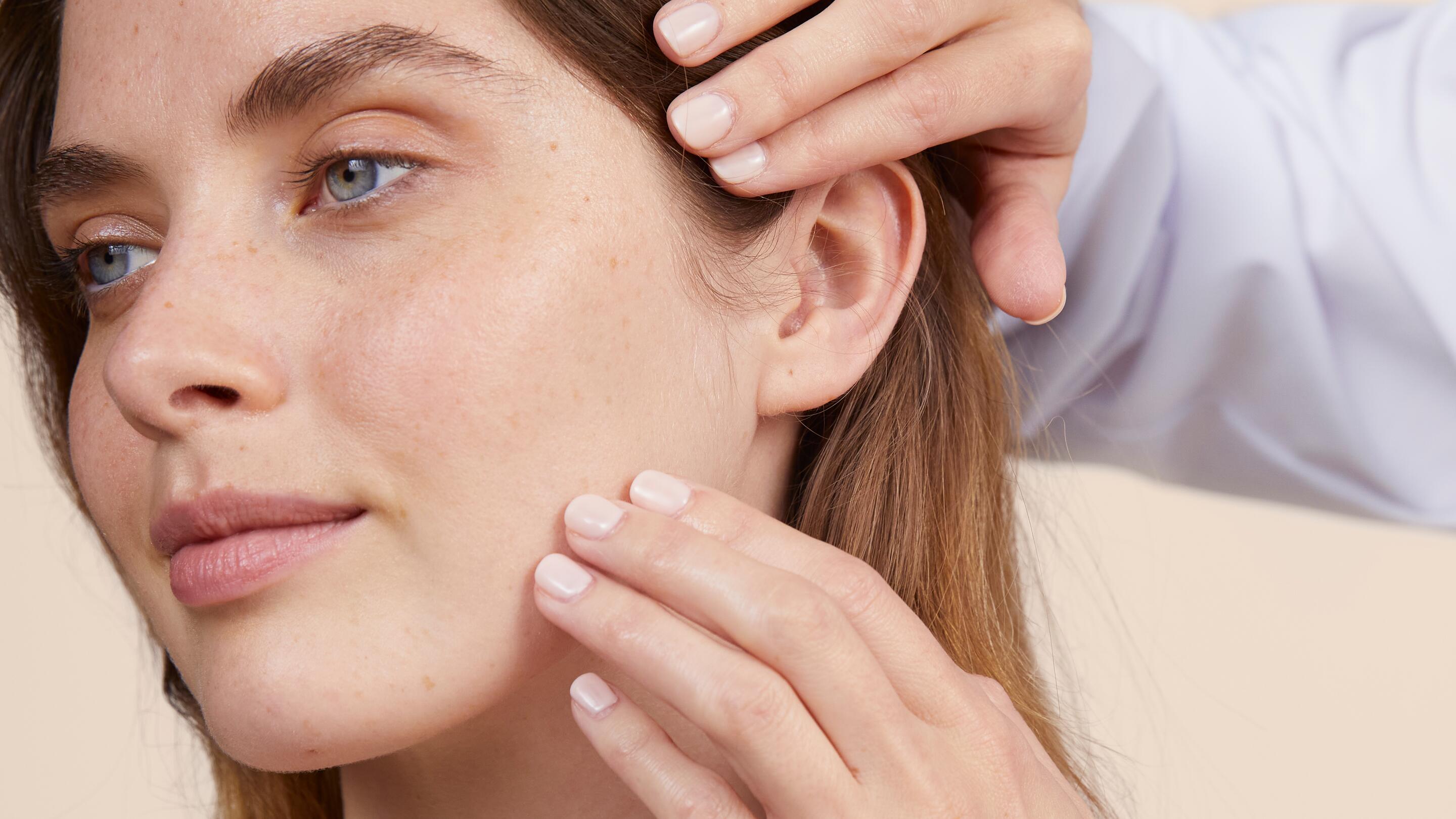6 results "Care for sensitive areas"
-
-
-
Restorative Protective Cream
Cicalfate+
Restorative Protective Cream
Repairs - Cleanses - Soothes - Restores -
-
-
Cicalfate+ Absorbing Soothing Spray
Cicalfate+
Cicalfate+ Absorbing Soothing Spray
Repairs - Dries - Cleanses - Restores -
Xeracalm A.D Soothing Concentrate
XeraCalm A.D
Xeracalm A.D Soothing Concentrate
Repairs - Nourishes - Soothes
Loading...
Which skin care routine should you adopt?
Identify what it really needs with the help of our experts and discover the most suitable skin care routine for you.








